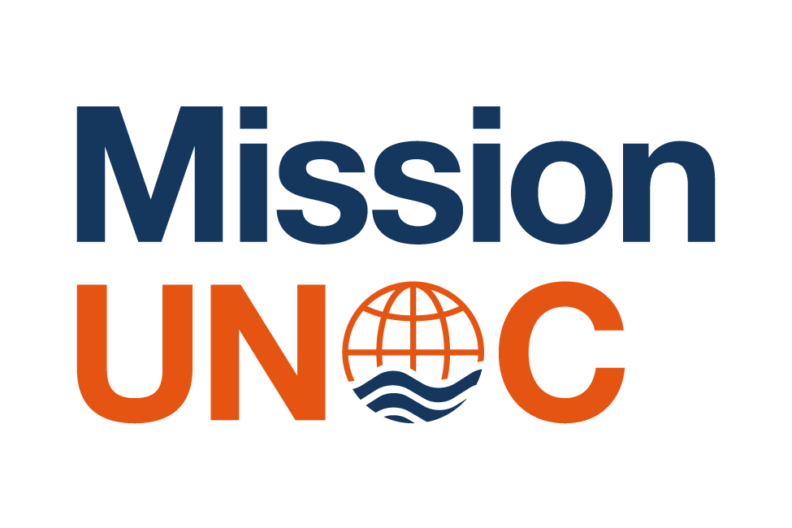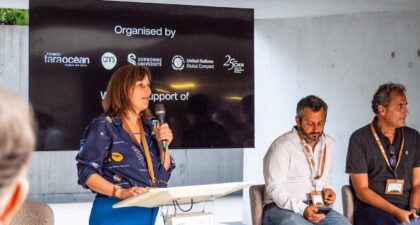
June 26, 2025
Science and Advocacy at the Tara Ocean Foundation: A Synergy in Service of the Ocean
Science as the Voice of the Ocean The Ocean at the Heart of Global Challenges The ocean covers 70 % of our planet’s surface—it feeds us, regulates the climate, and supplies much of our oxygen. It harbors immense, often invisible biodiversity essential for all life on Earth. Yet it remains one of the least understood and
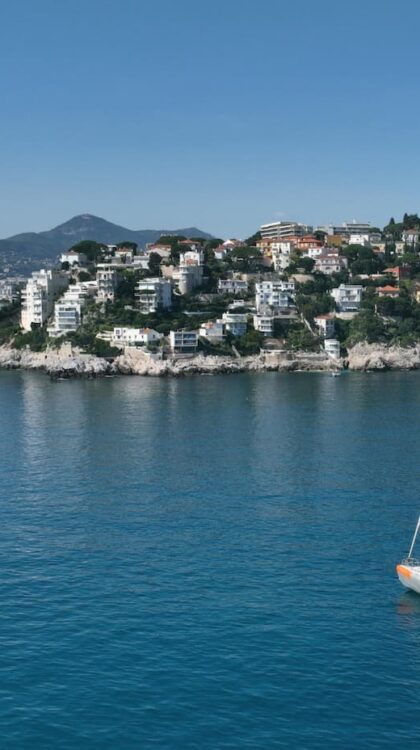
March 25, 2025
United Nations Ocean Conference (UNOC) in Nice: Let’s put forward ambitious proposals
The Ocean, a common to be protected The ocean covers 71% of the planet and is our main ally in the fight against climate change and the preservation of biodiversity. The ocean is our natural air conditioner, our oxygen reservoir and the main carbon storage site. Our future, our temperature, the oxygen we breathe: it’s
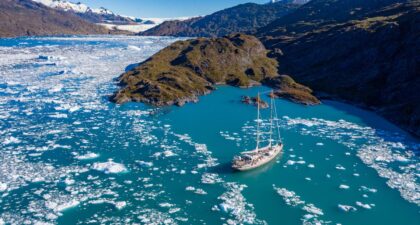
December 19, 2024
[Plankt’Eco project] Developing global plankton observation to improve ocean management
Integrating researchers from developing countries into Tara Oceans communities In 2016, the Tara structure, formerly an endowment fund, obtained the status of a foundation recognized as being of public utility, and thus officially became the Tara Ocean Foundation. This change is structural for the Foundation: it enables us to set up our very first cooperation
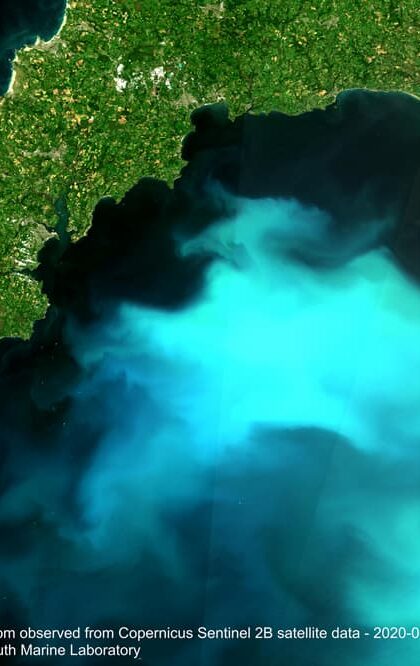
October 24, 2024
Marine Protected Areas: How can we ensure an effective protection of marine ecosystems?
What is a Marine Protected Area? According to the IUCN, a Marine Protected Area (MPA) is:” A clearly defined geographical space, recognised, dedicated, and managed, through legal or other effective means, to achieve the long-term conservation of nature with associated ecosystem services and cultural values.” MPAs can vary in their level of protection, ranging from
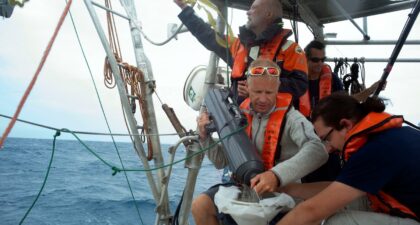
March 21, 2024
Environmental pollution caused by microplastics: the example of mermaid tears
How does plastic impact the environment? According to ADEME, the Ecological Transition Agency, plastic is the third most-produced material in the world (after cement and steel), representing half a billion tonnes, Overall production of plastic has experienced an exponential increase since the 1950s. It doubled between 2000 and 2019, going from 234 million tons to
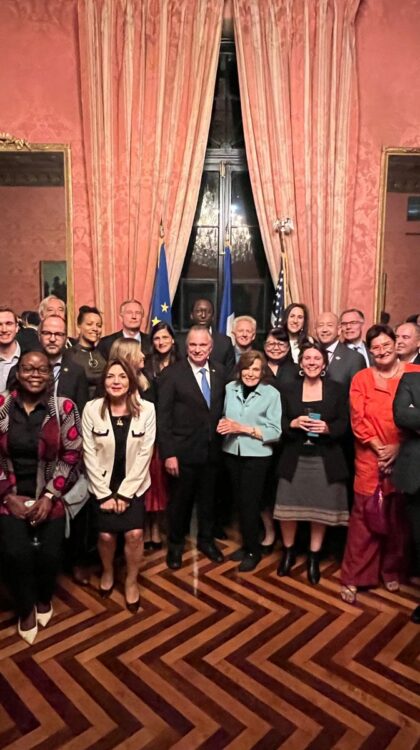
September 21, 2023
Signing of the High Seas Biodiversity Treaty at the UN: the race for ratification has begun
What’s the difference between signing and ratifying a treaty? After signature, which is the first formality, comes ratification, which is the formal act by which a signatory state agrees to be bound by the treaty when it enters into force. The text is officially submitted for ratification. This second stage is more complex, as it
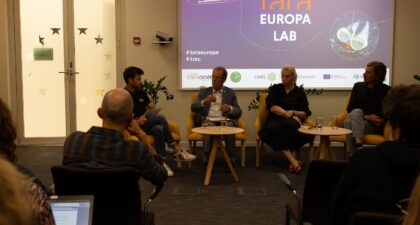
September 18, 2023
How can science be better integrated into political decision-making? Tara Europa Lab’s ambition
Why do scientists and policy-makers need to communicate? What is science-to-policy? Science-to-policy is the process of enabling political decision-makers to make informed choices underpinned by scientific knowledge. The volume of scientific knowledge produced is immense, and yet there is still a relatively wide gap between science and policy, particularly when it comes to taking effective
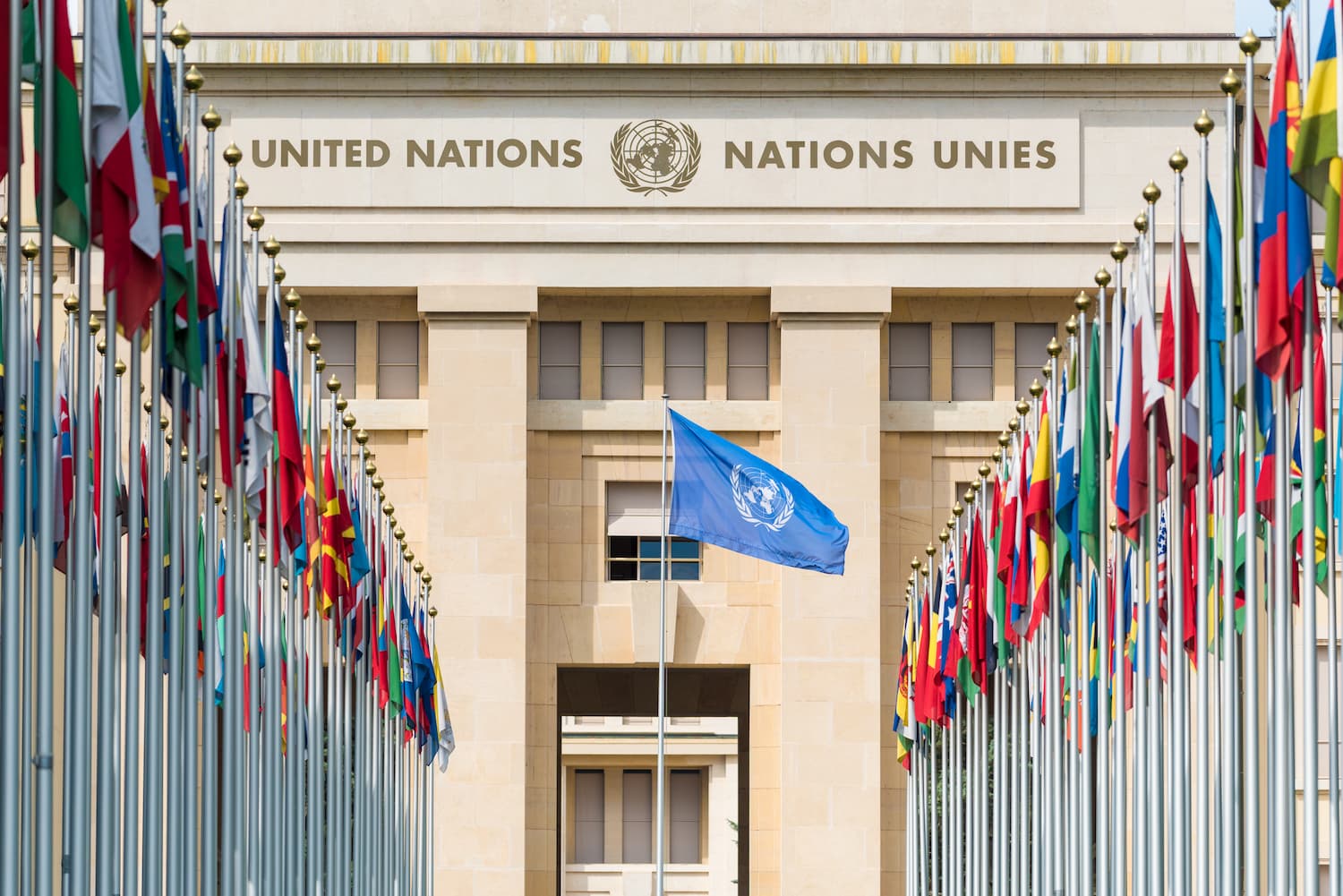
May 12, 2023
International treaties: deciphering their workings to better understand our actions
What is the UN ? The United Nations Organization (UNO) was created on October 24, 1945 after the Second World War. It is an international organization whose primary objectives are to maintain peace and international security. The UN promotes the protection of human rights, humanitarian aid, the guarantee of international law and has specific powers

March 6, 2023
After fifteen years of negotiations, the UN adopts the Treaty for the Protection of Biodiversity in the High Seas!
Although three States are not satisfied with all the provisions of the text and have expressed reservations about the final draft, the conclusion of these negotiations represents a historic moment for the Ocean, which lacked a protection instrument for biodiversity beyond the coastal areas under national jurisdiction. The text will now be forwarded to a
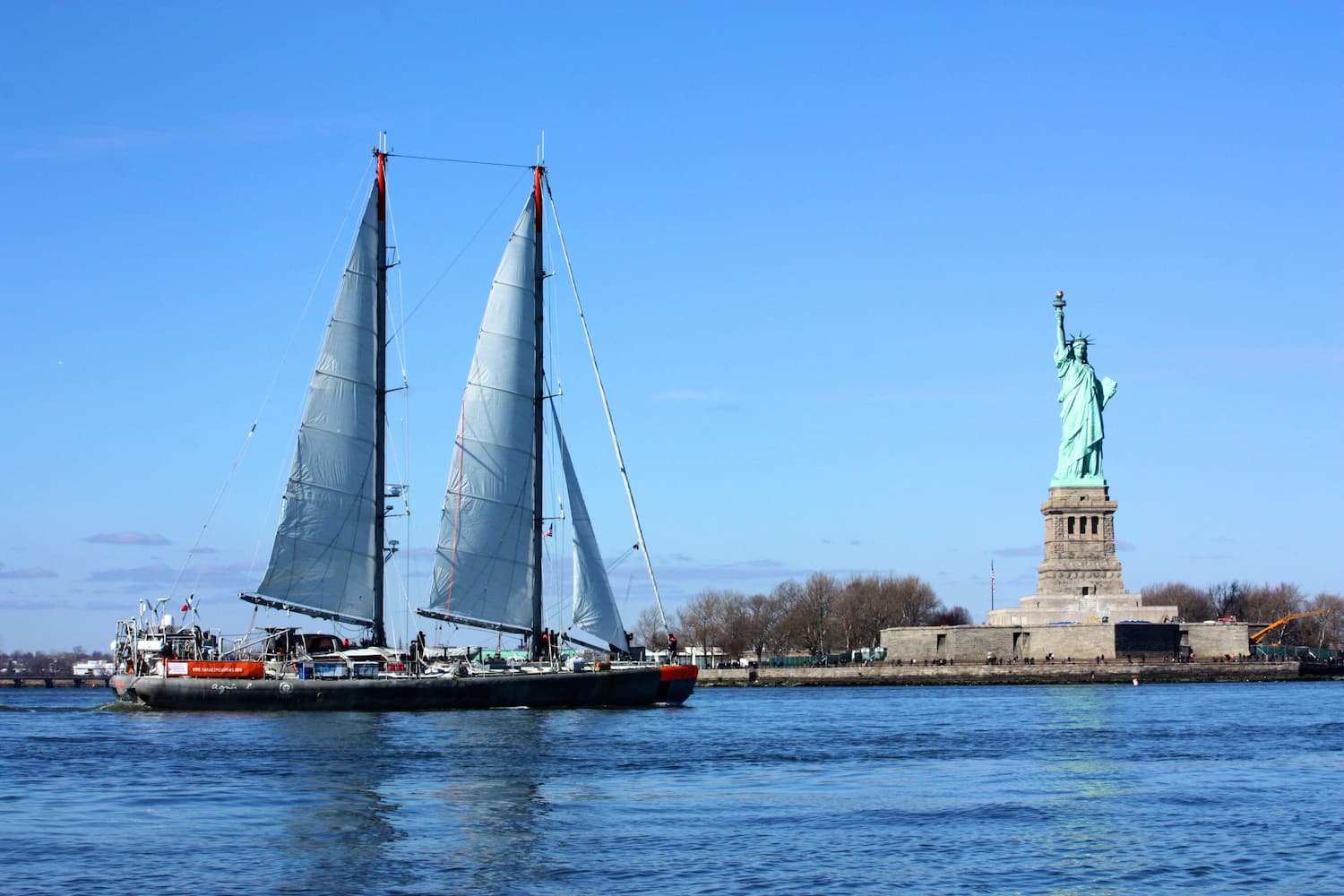
February 9, 2023
The high sea: how to protect the little-known biodiversity of international waters?
What is the High Sea? The concepts of freedom and infinity have often been associated with the human conception of maritime space throughout history. In the early definition of the Dutch jurist Hugo Grotius (17th century), the Ocean was declared a free and limitless space (mare liberum), which escaped all State sovereignty (res nullius). But
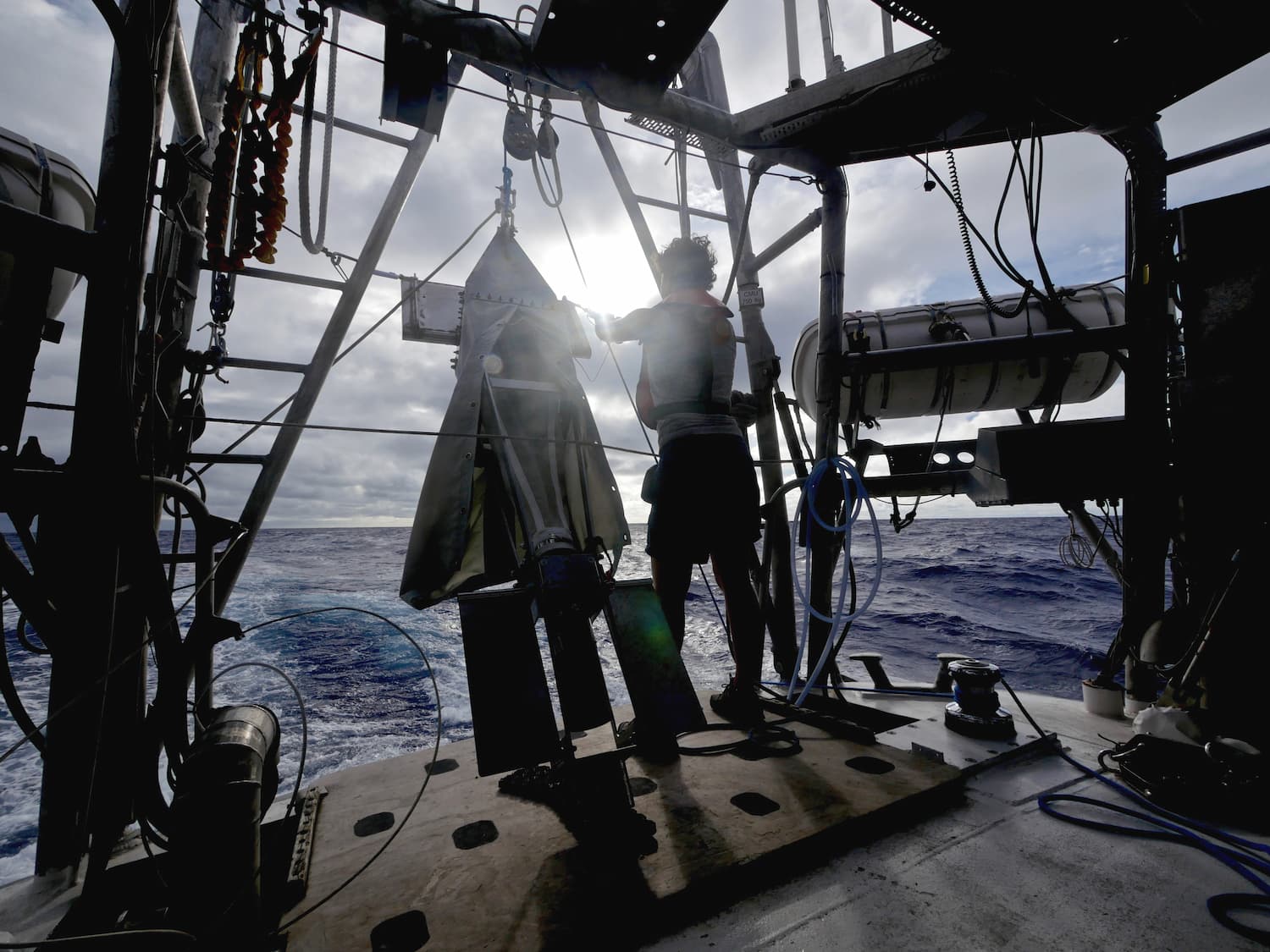
January 9, 2023
United Nations Convention on Law Of the Sea, forty years later
Starting with the principle of “freedom of the seas”, which has long been enshrined and affirmed in treaties and doctrine, various issues and questions led States, well before 1982, to structure their relations and their hold on these spaces. However, a timid environmental objective was associated with this movement of appropriation of the seas, illustrated
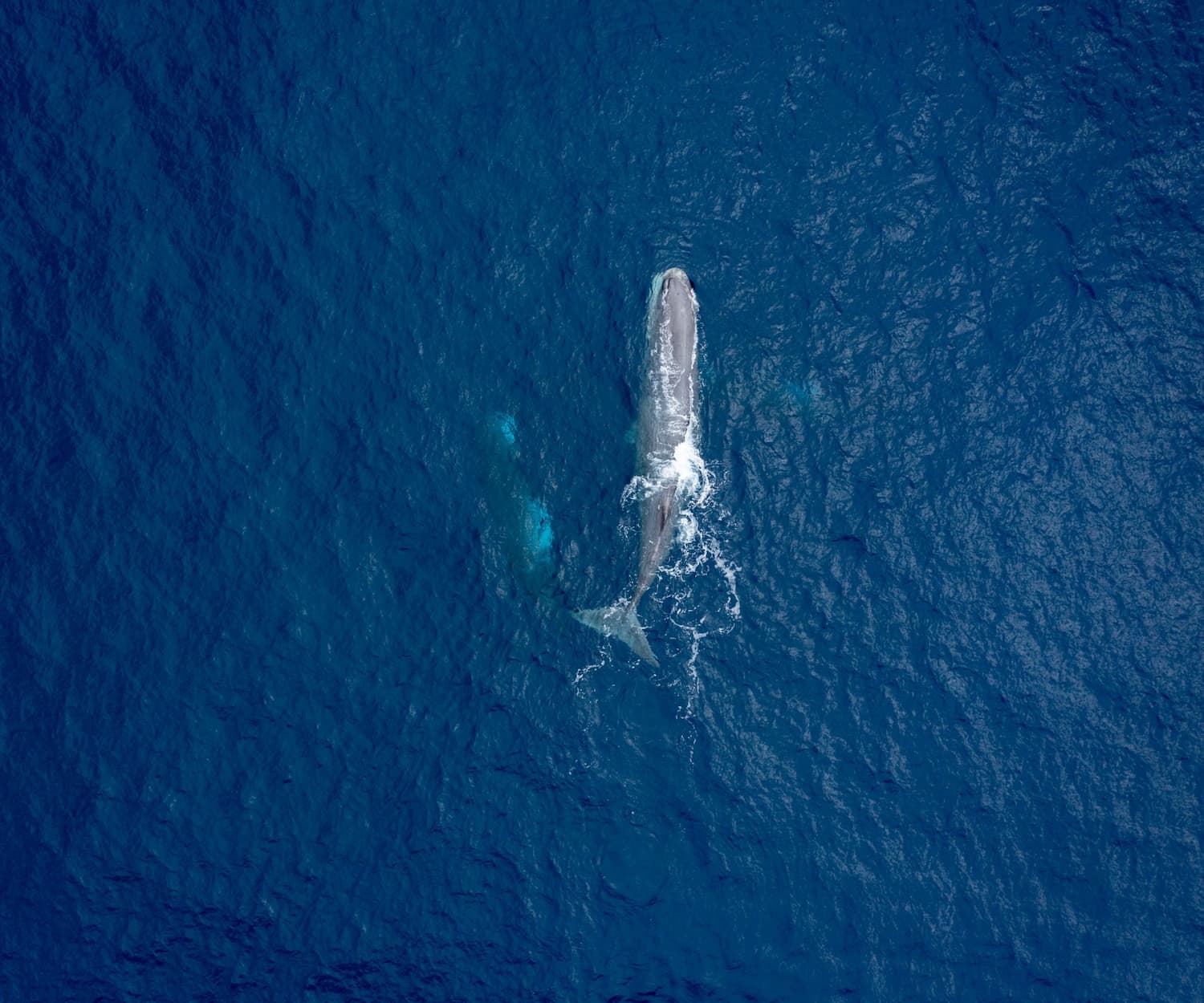
December 6, 2022
COP15 of the Convention on Biological Diversity: how to integrate marine ecosystems into the global biodiversity conservation strategy?
1992-2022: What assessment 30 years after its ratification? In 1992 was held the Earth Summit in Rio, a historic meeting during which the Convention on Biological Diversity (CBD) was created, among other things, a major governance framework for environmental protection. This Convention deals with biological diversity at all levels: ecosystems, species and more recently genetic
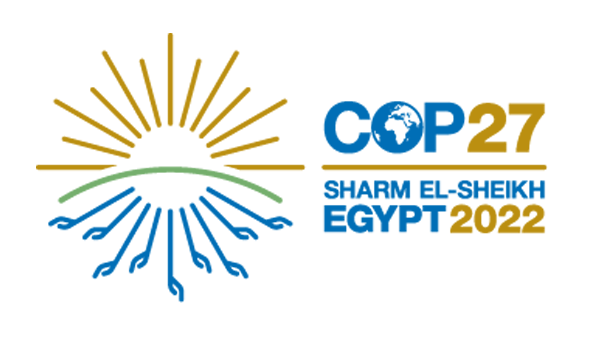
November 7, 2022
[COP27] United Nations Conference on Climate Change: 3 expectations of Tara Ocean Foundation
Monday, November 7 The recent report published by the United Nations Environment Programme (UNEP) announces that the policies currently in place predict a temperature rise of +2.8°C by the end of the century. To reach the +1.5°C target, emissions must be reduced by 45% by 2030. This objective cannot be the result of superficial measures

July 7, 2022
What progress has been made following the United Nations Conference on the Ocean in Lisbon?
Hundreds of new commitments for the Ocean registered Last February, the One Ocean Summit initiated by President Macron in Brest launched a year 2022 that can be described as a “Super Year for the Ocean”. After the positive outcomes of the General Assembly of the UN Environmental Program in Nairobi in March (UNEA-5.2), where states

November 17, 2021
COP : is a happy ending possible ?
November 16th, 2021, National climate action plans far from the goal of 1.5°C In the COP26 negotiation spaces, we no longer discuss whether or not there is a climate crisis, as it has been the case for too long in the past. It was time to discuss solutions for mitigating the effects of climate change
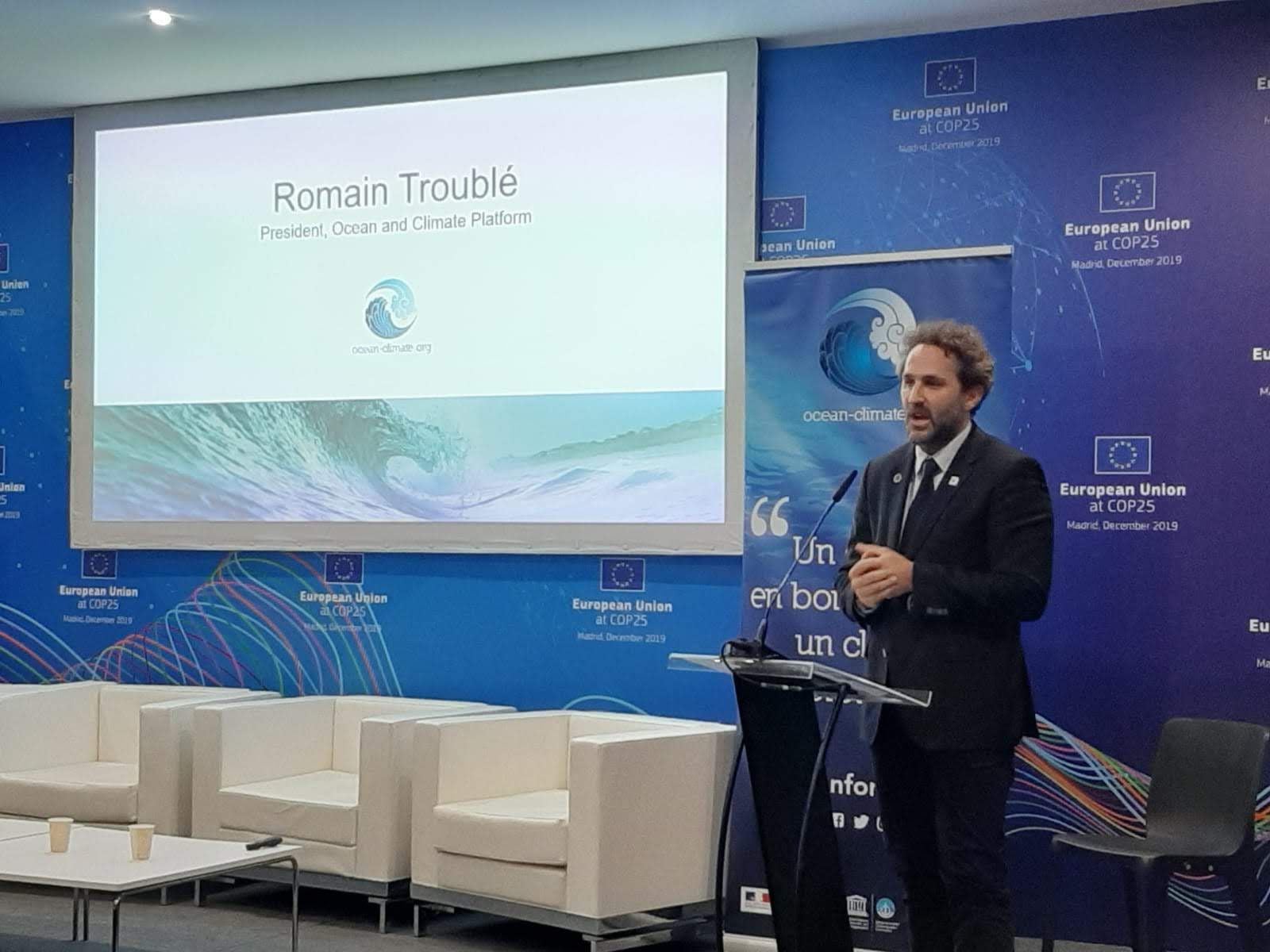
November 5, 2021
[COP26] Making the Ocean our best ally in the fight against climate change
Friday, November 5 What is a COP? COP means ‘Conference of Parties’. The Parties are the signatory states of the United Nations Framework Convention on Climate Change (UNFCCC), signed at the Earth Summit in Rio in 1992, meet. The objective of the UNFCCC is for States to implement actions to reduce their greenhouse gas emissions
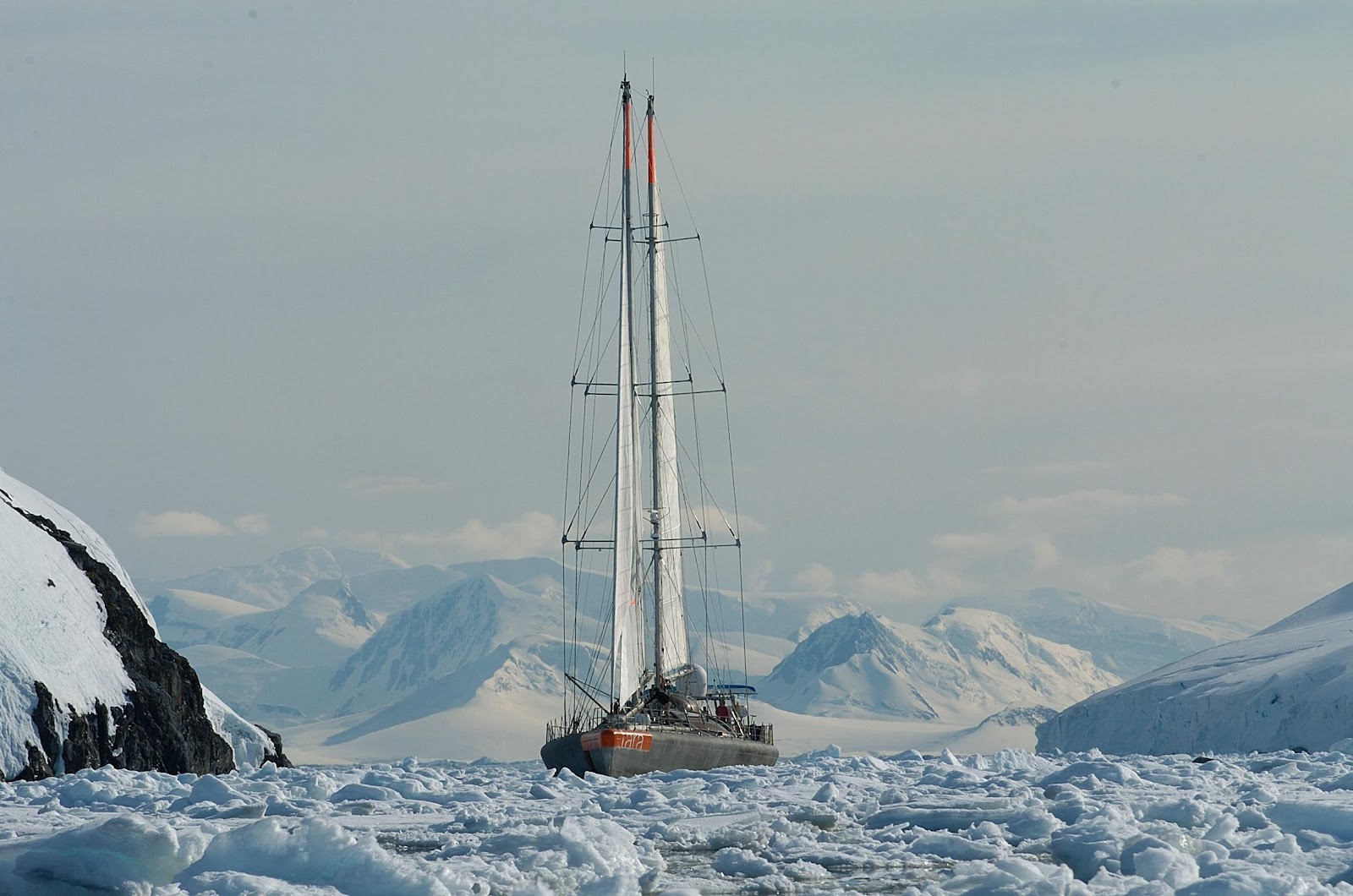
October 30, 2021
Another failure of CCAMLR negotiations: no new MPAs in Antarctica!
October 30, 2021 CCAMLR: An historic conservation success story, but today nature is in an impasse. The CCAMLR, first founded in 1982, now brings together 37 signatory countries, including 26 member nations with voting rights, and 11 states without voting rights. The Commission aims in particular to take measures to facilitate research and scientific cooperation,
